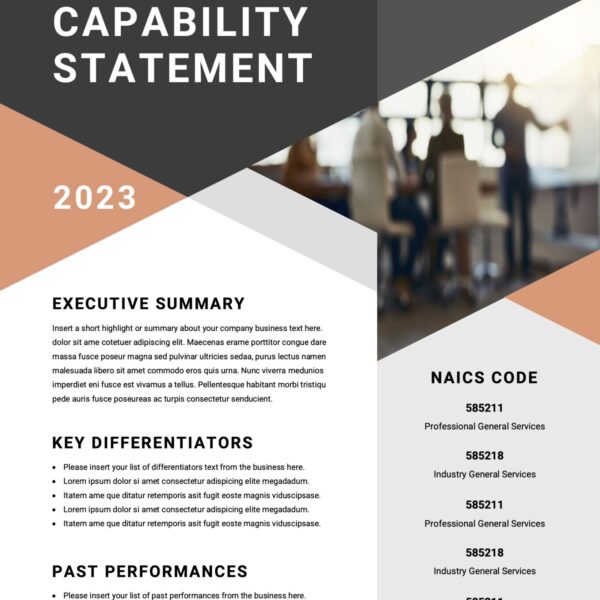You’ve built a solid website. It looks sharp. The content is great. But there’s one problem—your traffic isn’t growing. Here’s the thing, getting traffic isn’t just about publishing content and crossing your fingers. It’s about knowing what’s working, what’s not, and where the opportunities are hiding.
Enter Ahrefs. You’ve probably heard of it—one of the biggest names in SEO. But what you might not know is that Ahrefs offers a suite of free tools that can give you actionable insights and help you drive traffic without spending a penny. Let’s break it down.
Why Ahrefs? And Why Free?
Ahrefs is like the Swiss Army knife of SEO. You can track backlinks, analyze keywords, and monitor what your competitors are doing. Essentially, all the things that make Google sit up and take notice. Here’s the good news; you don’t need a premium subscription to start making progress. Ahrefs’ Free Tools give you just enough firepower to make smarter decisions and build a traffic-generating machine. If you’ve been wondering whether free tools can really move the needle, here’s a tip: they absolutely can, but only if you use them consistently and strategically. At Design Theory, we’ve seen firsthand how small, focused efforts can add up to big wins when you know where to look.
Step 1: Start with Ahrefs Webmaster Tools (AWT)
Let’s kick things off with the foundation—Ahrefs Webmaster Tools (AWT). Think of this as Google Search Console’s more insightful cousin. It does everything GSC does, but with a sharper eye for SEO opportunities.
How to Set It Up:
- Go to Ahrefs Webmaster Tools
- Sign up for a free account and connect your website
- Verify your site ownership using DNS, HTML, or Google Search Console
Once you’re in, you’ll get access to critical data on:
Site Health: Identify technical SEO issues that might be holding back your rankings.
Backlinks: See who’s linking to you and which pages are driving the most authority.
Keyword Rankings: Find out where you’re showing up in search results, and where you’re not.
Our Theory: Set up AWT as soon as possible and schedule regular crawls. Even if everything looks great now, staying ahead of potential issues saves you headaches down the road. A quick monthly audit can reveal opportunities to improve and flag errors before they cost you traffic.
Step 2: Run a Site Audit and Fix What’s Broken
You wouldn’t drive your car without checking under the hood every now and then. The same applies to your website. A Site Audit through AWT gives you a clear roadmap of what’s working and what’s holding you back.
How to Run a Site Audit:
- In your AWT dashboard, select “Site Audit.”
- Crawl your website and review the results.
- Pay attention to:
- 404 Errors: Broken pages that frustrate users and search engines.
- Slow Load Times: Google penalizes slow sites, and visitors won’t wait around.
- Duplicate Content: Competing pages that confuse search engines and dilute your rankings.
Our Theory: Don’t just fix errors—prioritize high-impact pages. If a 404 error or slow-loading page is on a critical service or product page, that’s where you focus first. Pro tip: Redirect or fix 404 errors immediately, and use canonical tags to consolidate duplicate content.
Step 3: Use the Keyword Generator to Discover Hidden Gems
Now that your site is running smoothly, it’s time to focus on getting in front of the right audience. Ahrefs’ Keyword Generator helps you uncover keyword opportunities you might have missed.
How to Use It:
- Go to Ahrefs Keyword Generator.
- Enter a broad keyword related to your business or niche.
- Review the list of keyword suggestions along with search volume and keyword difficulty.
Here’s where the magic happens. Long-tail keywords (those 4 to 5-word phrases) might not bring massive traffic, but they attract highly targeted visitors who are ready to engage. For example, instead of chasing “digital marketing,” go after something more specific like “how to automate marketing for small businesses.”
Our Theory: Focus on long-tail keywords that align with your services and content strategy. These terms might have lower search volume, but they’re easier to rank for and often lead to higher conversion rates.
Step 4: Analyze Your Competitors with Site Explorer
If you want to win the game, you need to know what the competition is doing. Ahrefs’ Site Explorer gives you a backstage pass to your competitors’ strategies so you can learn from their wins (and their mistakes).
How to Use It:
- Go to Ahrefs Site Explorer.
- Enter a competitor’s URL.
- Analyze their:
- Top Pages: Identify their highest-traffic content and spot opportunities to create something better.
- Backlinks: See which sites are linking to them and explore opportunities to build similar links.
- Organic Keywords: Discover gaps in your own content strategy by targeting keywords they’re ranking for that you’re missing.
Our Theory: Don’t just copy what your competitors are doing, make the extra effort to improve on it. If their “5 SEO Tips for Small Businesses” is getting traction, create a more detailed version like “10 Proven SEO Strategies to Double Your Website Traffic.” Then, reach out to the websites linking to your competitors and offer your upgraded content as a valuable resource.
Step 5: Build Backlinks with Broken Link Building
Most people ignore broken links, but smart marketers see them as opportunities. Broken Link Building is one of the most effective (and underutilized) ways to gain high-quality backlinks.
How to Do It:
- Use Site Explorer to analyze websites in your niche.
- Look for broken outbound links on high-authority pages.
- Reach out to the site owner and suggest your content as a replacement.
Why does this work? Website owners want to maintain a high-quality user experience, and fixing broken links is part of that. You’re not just asking for a favor—you’re helping them improve their site.
Our Theory: Aim for relevance. A backlink from a niche-relevant site will do far more for your SEO than a generic one. When you offer a solution to broken links, make sure the content you’re suggesting is closely aligned with the original link.
Step 6: Track Your Progress and Refine Your Strategy
SEO is not a one-and-done game. The beauty of using Ahrefs is that it allows you to monitor your progress and refine your strategy based on real data.
How to Track Progress:
- Use AWT to schedule regular site audits.
- Monitor keyword rankings to see where you’re gaining (or losing) ground.
- Analyze which pages are driving the most traffic and focus on doubling down on successful content formats.
Our Theory: Make tracking a habit. Set a monthly review date to assess your SEO health and make adjustments. Small, consistent improvements will compound over time and lead to sustainable growth.
Video Highlight | New features recently released
Closing Theory: Why This Matters for Your Business
Using Ahrefs’ free tools isn’t just about fixing broken links and finding keywords, it’s about understanding how search engines see your site and positioning yourself to win. The insights you’ll uncover with these tools give you a clear path to making your website a high-performing, lead-generating asset.
With us here at Design Theory, we’ve helped many business owners transform their websites from digital brochures into powerful growth engines. The truth is, most of them started with small tweaks that led to big gains over time. If you’re ready to take the guesswork out of growing your website traffic, it’s time to dive into Ahrefs and let the data guide your next move.
Ready to make your website work harder for your business?
Schedule a consultation with either Jean or Nicole and let’s talk strategy.


